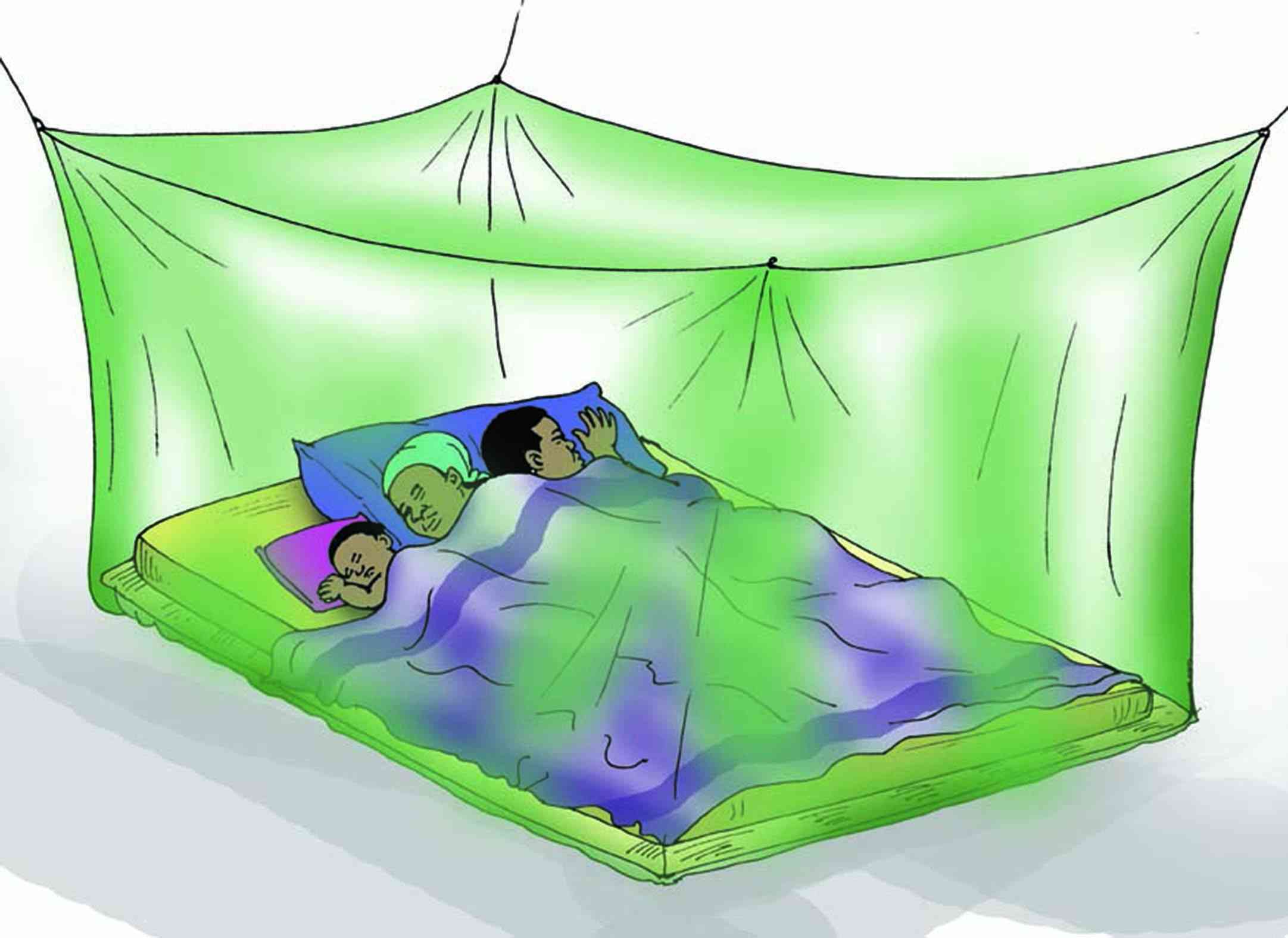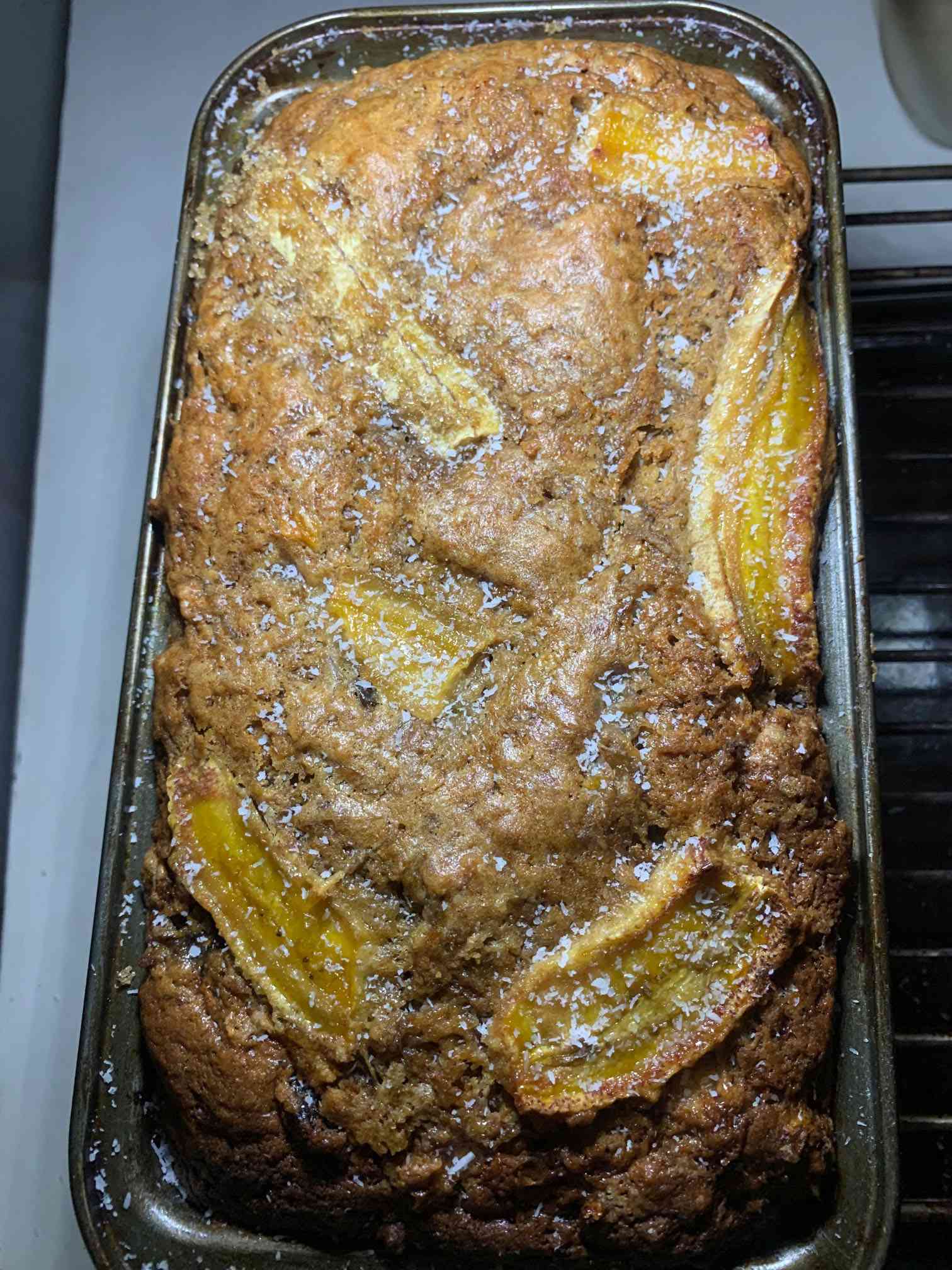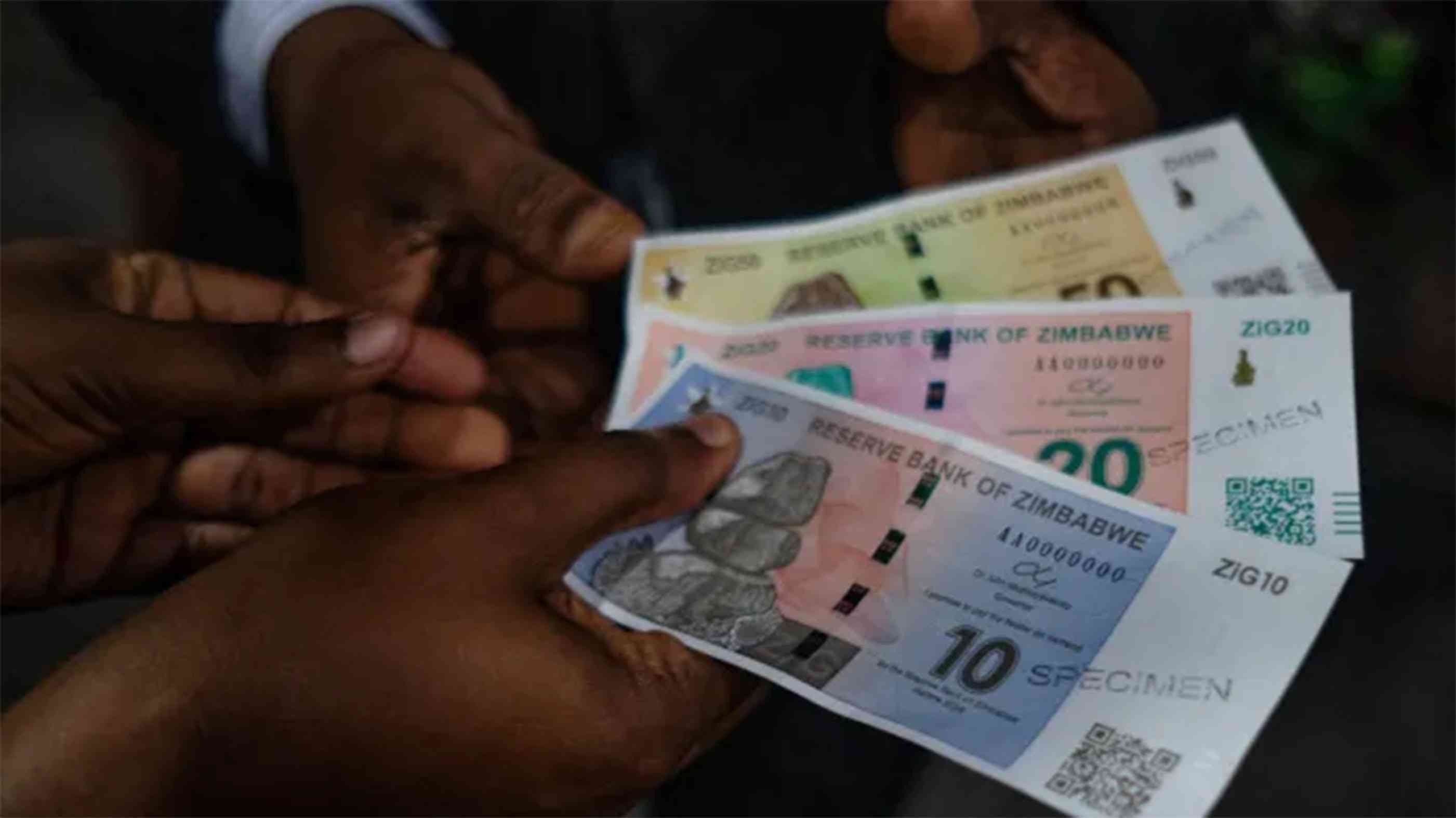
Inflation, Milton Friedman cautioned, “is always and everywhere a monetary phenomenon”. The two economists heading Zimbabwe’s central bank and treasury understand this all too well. In fact, the former Reserve Bank governor Gideon Gono startled the nation by claiming Zimbabwe could have 14 million different governors and they would not be able to tame the elephant in the room.
The big elephant in the room is government of Zimbabwe’s profligacy. This is government’s insatiable quest to spend beyond its budget.
It is reckless indiscipline. Take for example expenditure on agriculture inputs for Pfumvudza to 3.5 million households when Zimbabwe only has 3.8 million households!
There is political desperation brought about by the government’s political insecurity. It is no coincidence that since 1990, politically motivated printing has never stopped. It has gotten worse.
Last weekend we woke up to the news that Zimbabwe has officially entered hyperinflation. Steve Hanke has it at 1 220% per annum. Governments own numbers are at 86%. As prices change thrice a day in the supermarkets it's easy to see the government’s lie.
The banks, in a bid to protect the domestic nostro accounts or the American dollars in the formal system have ring fenced real dollars from RTGS dollars. There is an impending threat that requires the financial system to be ever more diligent.
As of March 2023, Zimbabwe nostro total deposits were US$2 billion supported by US$1 billion in actual physical cash and cash held in foreign banks offshore. The difference between total deposits and cash is credit deposits of US$1 billion. That is money created by the banks. At 50% ratio this is a very healthy position, at least as of end March 2023.
Notable is the decline in cash from US$539 million in March 2022 to US$457 million in March 2023. However, offshore cash has increased by US$80 million.
- Mayhem as schools reject Zimdollar fees
- Seed Co muscled out of Pfumvudza
- Prices continue to skyrocket
- New Horizon: Hare and baboon: The case of gold coins in Zim
Keep Reading
The nostro balances in the overall banking system are safe. But the overall position may not be true for individual banks.
But, there is a real threat to the nostro system from two principal sources and these are;
(a) Civil servants salaries &
(b) Barbarians at the gate
Civil servants US dollar salary transfers from Treasury2, if not backed by real US dollars are a problem. The salary payments range from US$100 million to $150 million monthly. This mishap occurred before in 2019 and created a hole that was taken over as debt by RBZ. Therefore, the Zimbabwe government must support salary payments with real dollars.
An even bigger worry are the barbarians at the gate. Whenever the official exchange rate moves the way it has done, the threat of shenanigans rises. It can happen either with Zimdollars or local nostro Treasury Bills.
Back in 2019, IMF warned the Zimbabwean government and RBZ that Sakunda Treasury Bills of US$366 million would crash the monetary system. The current turf wars between RBZ and Treasury speak to the inherent threat to the system. Can the banks and RBZ stop the politicians in an election cycle from gate crashing?
What is the solution? The governing elite has an existential crisis and the country has been unable to provide them with a viable off-ramp the same way China provided Mao and the old guards an off-ramp.
Zimbabwe requires a Lancaster house type settlement.
Ian Smith and the white community had an existential political crisis and held on to the levers of power to secure themselves. The Lancaster house settlement was a viable off-ramp. As long as the political threats remain, real or imagined, then the printing will never end.
- Murapata is an entrepreneur with a deep interest in economics. He has experience working in both mature and developing markets.











